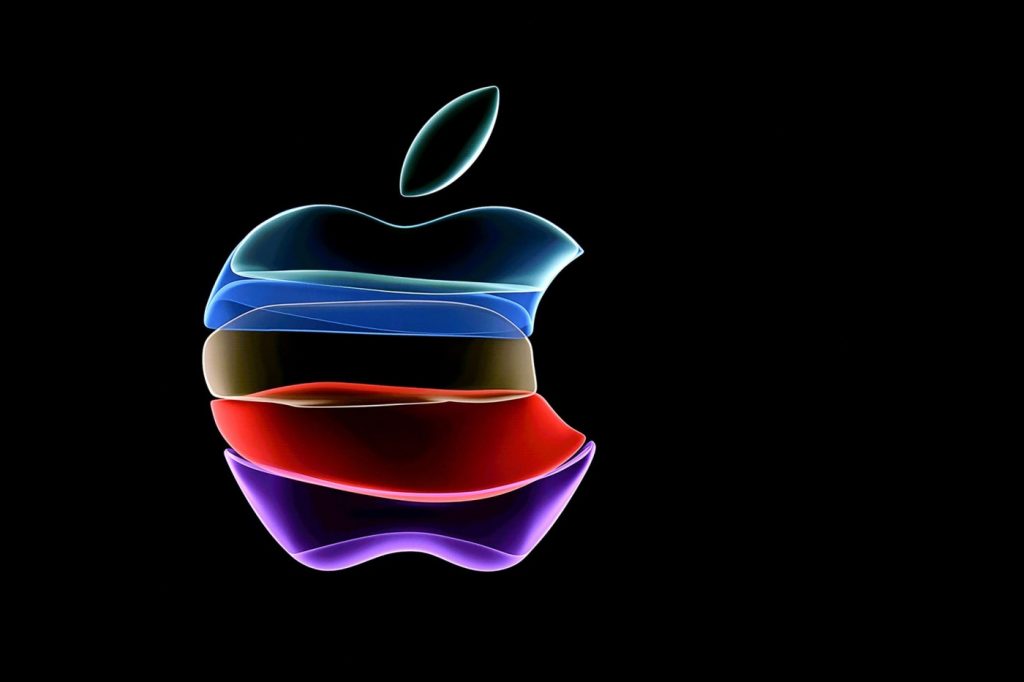Terrible, soul-sucking commercials get written, made and, by the public, rejected all the time. This one is different.
Apple’s “Crush” commercial, unveiled last week and no longer scheduled to air on TV in America because people just truly, madly, deeply hated it, constitutes something larger than a miss, or a flub. Contrary to the walkback last week by Apple marketing communications vice president Tor Myhren — “We missed the mark with this video, and we’re sorry” — the commercial for the new iPad Pro hit a much tougher mark by being both terrible and honest about Apple’s vision of the future.
Take the 60 seconds to see it (it’s all over the place, including YouTube), just to see how its images hit you. Ripping off a more benign 16-year-old commercial for a long-gone LG smartphone, as well as countless destruct-o videos online, “Crush” opens on a pile of familiar analog artifacts inside a hydraulic press. A turntable. A metronome. A trumpet. An Angry Bird. A stress ball with big eyes, ready to pop.
The machine comes to life, bringing death to the artifacts. Emerging from the rubble: the iPad Pro, thinnest ever, capable of doing what all that other junk used to do, but (this part isn’t in the ad) with a little help from generative artificial intelligence embedded within the wee chip inside the iPad Pro’s wee frame.
Apple has a huge if tardy interest in the soothingly inoffensive phrase “generative A.I.” Generative A.I. subsists on the scraping and gathering of existing work online, rarely with any compensation for whoever made the stuff in the first place. This feeds the software in order to “train” it and make its creative or practical results seem if not human, then humanoid.
The tech superpower was late boarding this barely regulated bullet train. But the iPad Pro, as equity analyst Dan Ives said on Bloomberg Television May 11, marks the the first step in Apple’s hoped-for “A.I.-driven supercycle” of product upgrades.
I talked with Matt Zoller Seitz, who lives in Dallas, about the lingering implications of the “Crush” ad and Apple’s focus on generative A.I. He wrote beautifully on the subject for rogerebert.com, where he is editor at large, in addition to being the TV critic for New York Magazine and vulture.com.
The following has been edited for clarity and length.
Q: Matt, were you satisfied with Apple’s official apology for the “Crush” ad?
A: Let’s just say I would’ve appreciated a more sincere and detailed apology for the sheer outrageousness of the offense that ad committed against art, and artists. It was more like, “Our bad.” Which to me is nearly as offensive as the ad itself.
Q: Most people don’t remember the scripted words in the “1984” Ridley Scott commercial for Macintosh, because it was so visually spellbinding. But the dictator on the video wall had this Orwellian line about the government’s “information purification directives.” To me it felt like the new iPad ad was made under the same directives.
A: It did! And let’s not downplay the violence of watching these beautiful objects destroyed, depicted with great relish. It’s a violation. People who didn’t care about this issue, it actually sparked something in them, some deep revulsion. In the background of one shot, there’s a framed photograph being destroyed, and I can’t stop thinking about it. Somebody, a production designer, put a lot of thought into exactly what objects would be included, and that was one of them.
I have a painting of my mother hanging on the wall behind me right now. Artists have photographs and drawings in their workspace for a reason. For inspiration. It might be a picture made by another artist, it might be a photo of their family, their children. So Apple’s making sure that even the tokens and mementos feeding the artists’ work gets crushed?
There’s something I didn’t say in the piece I wrote, because I didn’t think of it until after it was published. You cannot create art with this (iPad Pro) software. But you can produce “content” with it. A crude facsimile of something creative, that YouTube and other platforms will be able to profit from. I think that’s what the ad is really telling us. If we eliminate the artist in the equation, then everyone can produce their own content for themselves. And for whoever else will pay something for it.
The use of generative A.I., I think, is a fundamental shift in how technology is used in relation to the arts. It’s not like a word processing program that has Spellcheck. Or a graphics program where you can draw with a stylus on the screen. It’s more like Tim Robbins’ line in “The Player”: “What an interesting concept it is to eliminate the writer from the artistic process. If we can just get rid of these actors and directors, maybe we got something here.”
Q: And that was a generation ago, pre-Apple! What do you say to people who argue that the “Crush” ad was fine, and generative A.I. is more than fine, and even if it weren’t, it’s too late?
A: Here’s what I say: This technology would not exist without the pre-existing work of artists. I don’t care that they use dead artists to train the software. What offends me is that writers, artists, musicians, filmmakers who are alive, trying to make a living, are having their work used as training. It’s wholesale theft of intellectual labor and IP on a scale never before seen. And it’s really no different than if we were living in a country where someone comes along and says, “OK, from now on, all the labor done by the construction industry, that’s going away. We have these machines now, and we’ve trained them by having them study the actions of human construction crews without their knowledge or consent.” Would people take that lying down?
Related Articles
Secondary cockpit barriers likely coming to all commercial planes: ‘Prevent 9/11 from ever happening again’
Magid: A big week for generative AI
Nvidia widens South Bay property holdings with $350 million-plus deal
Tesla must face false advertising claims it misled buyers about autopilot and self-driving capabilities
First commercial hydrogen fueling station in US for big rigs set to open in Bay Area
The least that should happen is an equivalent to the Bill of Rights, governing the release of A.I. content in the wild. Any image or music or piece of writing generated with help from A.I. software should be clearly marked as such. The onus should be not be put on the average person to prove that something is fake. And everybody whose art, or writing, or music was used to trained the so-called generative A.I. should be compensated by these companies. Period.
Q: The one thing I take heart from with Apple’s “Crush” commercial? It’s a reminder of the fallibility of any creative human endeavor, even if it’s an ad selling an arguably anti-human vision of technology.
A: I saw something on Twitter — I refuse to call it anything else — that I think about a lot. Someone said: “I didn’t believe in the concept of a human soul until I saw A.I.-generated artwork.” I do believe in something like a soul. It comes through in art, in music, in film. And when a machine makes it? You can tell. If you care, you can tell the difference. That’s a big if, though. I think a lot of people have decided not to care. And those are the people I’m most afraid of.
Michael Phillips is a Chicago Tribune critic.


